I recently posted a picture of 9-month-old Nadia’s shelves on my Facebook page, and several people wrote to me asking for links to her toys and materials. I hope this helps you when you set up your baby’s shelves!
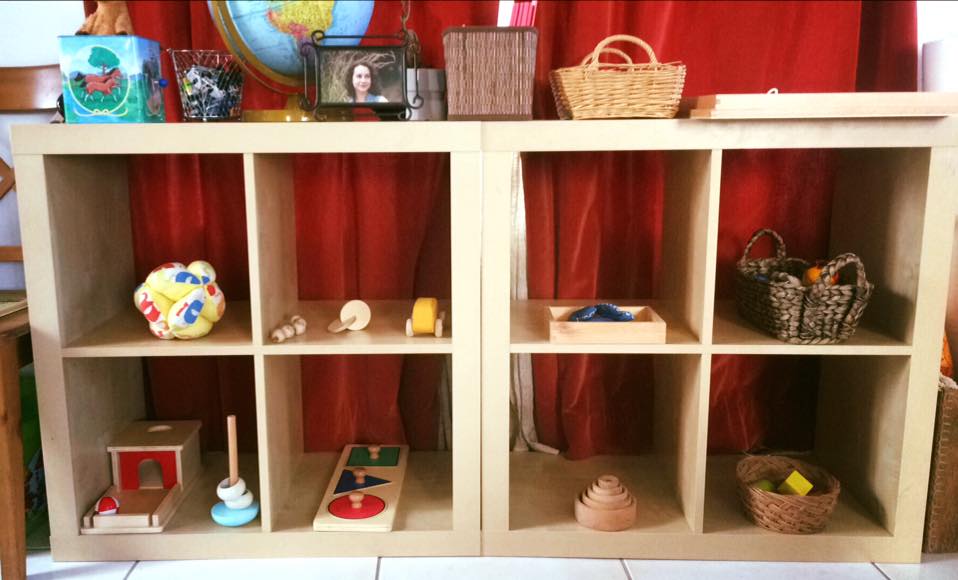
Top row of cubbies (left to right):
Takane ball: I made the ball for Zachary when he was a baby, and both kids have gotten a lot of enjoyment out of it. I used this tutorial from Beautiful Sun Montessori, but there are many other tutorials out there if you search for “takane ball instructions”. I have very basic sewing skills, so if you have a sewing machine (and time), you can make one, too!
Wooden grasping toys: Ours were gifts from my lovely A-to-I trained friends, and Nadia has loved them since she was a tiny baby (I rotate them in and out). You can find them on Etsy.
Wooden car: We have a set of wooden cars made by the German toy company Grimm.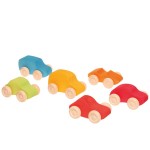 They are sturdy and lots of fun for toddlers to crash! For Nadia I rotate one at a time, but when Zachary was a toddler he enjoyed racing them with mommy and daddy. You can find them here.
They are sturdy and lots of fun for toddlers to crash! For Nadia I rotate one at a time, but when Zachary was a toddler he enjoyed racing them with mommy and daddy. You can find them here.
Fabric shapes: Our lovely babysitter hand-stitched different shapes and stuffed them with cotton. She used a solid fabric on one side and a patterned fabric on the other. It’s an easy DIY project that could also be done with different textures of fabric (such as corduroy, denim, etc.)
Basket o’ rattles: These are different noise makers we’ve picked up along the way… A maraca from Mexico, a wicker rattle with pieces of tin inside, a doll with a rattle inside, and a couple of Hape rattles, including this funny one (link).
Bottom row of cubbies (left to right):
Object permanence box: She LOVED this from the moment I took it out of the box. The quality is remarkably good for the price, and we just switched out the 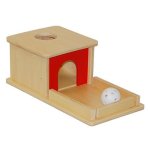 plastic ball it came with for a sturdier wooden ball because it has a more pleasing sound when it hits the bottom of the box. Here’s the link.
plastic ball it came with for a sturdier wooden ball because it has a more pleasing sound when it hits the bottom of the box. Here’s the link.
Peg and two rings: The peg comes from this Melissa & Doug toy (link) that we got as a gift, which she’s still too young to use, and the rings are napkin rings from the local thrift store. I have different kinds of rings (metal, wood, ceramic) that I switch out for variety.
Geometric shape puzzle: The shapes are part of a Melissa & Doug three-puzzle set that includes six animals and three shapes. I think the set I have is discontinued but this is a great alternative (link).
Wooden nesting/stacking bowls: They’re also from the Grimm compa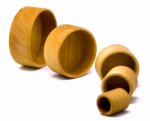 ny, and they are one of her favorite toys. We had a three-year old friend come over to play, and she had a great time stacking them, so it’s a toy with plenty of growth potential! The wood is beautiful and very high quality. You can find them here (link).
ny, and they are one of her favorite toys. We had a three-year old friend come over to play, and she had a great time stacking them, so it’s a toy with plenty of growth potential! The wood is beautiful and very high quality. You can find them here (link).
Geometric solids: These belong to the Hape Shape Sorter (link). 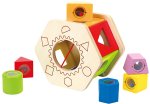 She’s not old enough to understand sorting yet, but she likes how the shapes rattle (they have little balls inside). Once she’s old enough to sort, she’ll already be familiar with the shapes!
She’s not old enough to understand sorting yet, but she likes how the shapes rattle (they have little balls inside). Once she’s old enough to sort, she’ll already be familiar with the shapes!
If you’re curious about some of the materials on the top shelf that my 4-year old son uses, they are as follows:
World globe: I really like this one from Reprologe (link) because it has the tilting and swiveling base that allows you to see the South Pole without having to flip the base over. It has raised topography and up-to-date political geography. The reviews are mixed on Amazon because sometimes the meridians don’t line up, but ours is defect-free and it’s been a HUGE hit with Zachary.
swiveling base that allows you to see the South Pole without having to flip the base over. It has raised topography and up-to-date political geography. The reviews are mixed on Amazon because sometimes the meridians don’t line up, but ours is defect-free and it’s been a HUGE hit with Zachary.
Sandpaper letters: These lower-case cursive letters (link) are a great investment, since the children use them from the time they’re learning sounds (around 2.5/3 years of age) until they’re perfecting their handwriting (lower elementary).
Basket of objects: These are miniature objects I’ve collected though the years, including animals, furniture and cooking utensils. These are also a great investment, since you use them for language development when they’re toddlers, then Sound Games at 2.5 years of age, and then as inspiration for writing words with the Moveable Alphabet.
Moveable Alphabet: I am in love with this medium cursive alphabet (link)! The letters 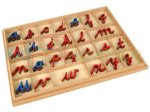 are made out of wood, they are sturdy and attractive, and they have a nicer weight than the more expensive plastic ones from Nienhuis that most AMI classrooms have. Plus, each compartment has its corresponding letter printed on it, for easy clean-up (another thing that more expensive plastic model don’t have). For a homeschooling family, I think this is the ideal Moveable Alphabet.
are made out of wood, they are sturdy and attractive, and they have a nicer weight than the more expensive plastic ones from Nienhuis that most AMI classrooms have. Plus, each compartment has its corresponding letter printed on it, for easy clean-up (another thing that more expensive plastic model don’t have). For a homeschooling family, I think this is the ideal Moveable Alphabet.
Feel free to drop me a note if you have any questions about any of these materials, including how I present them to the children!
Disclaimer: Some of these links are affiliate links, and The Full Montessori will get a few pennies from your purchase through Amazon. Thank you for your support!
Enjoy? Then please share!
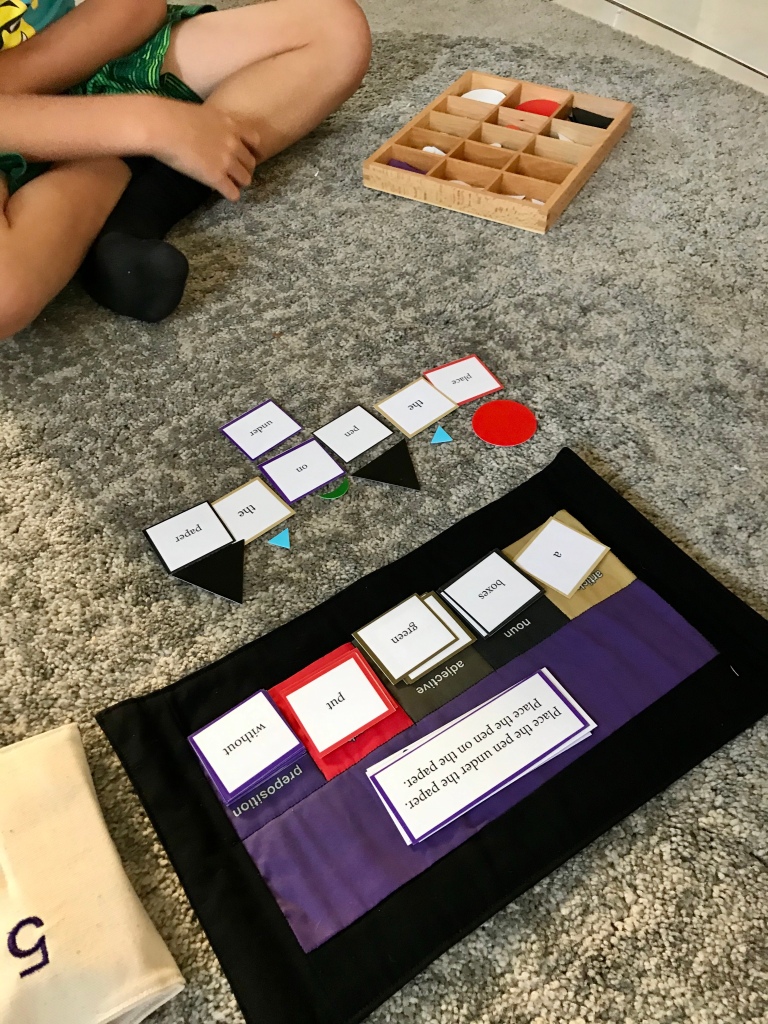





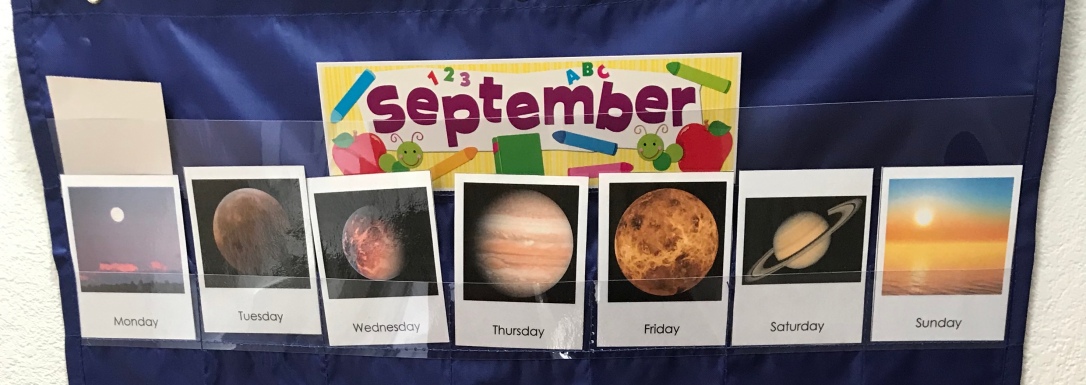
 Then we tried making bubbles holding our fingers in an OK sign, which led to catching bubbles (this is much easier if your hand is covered in bubble solution). That led to talking about surface tension and surfactants, which led to observing the bubbles we were holding in our hands.
Then we tried making bubbles holding our fingers in an OK sign, which led to catching bubbles (this is much easier if your hand is covered in bubble solution). That led to talking about surface tension and surfactants, which led to observing the bubbles we were holding in our hands.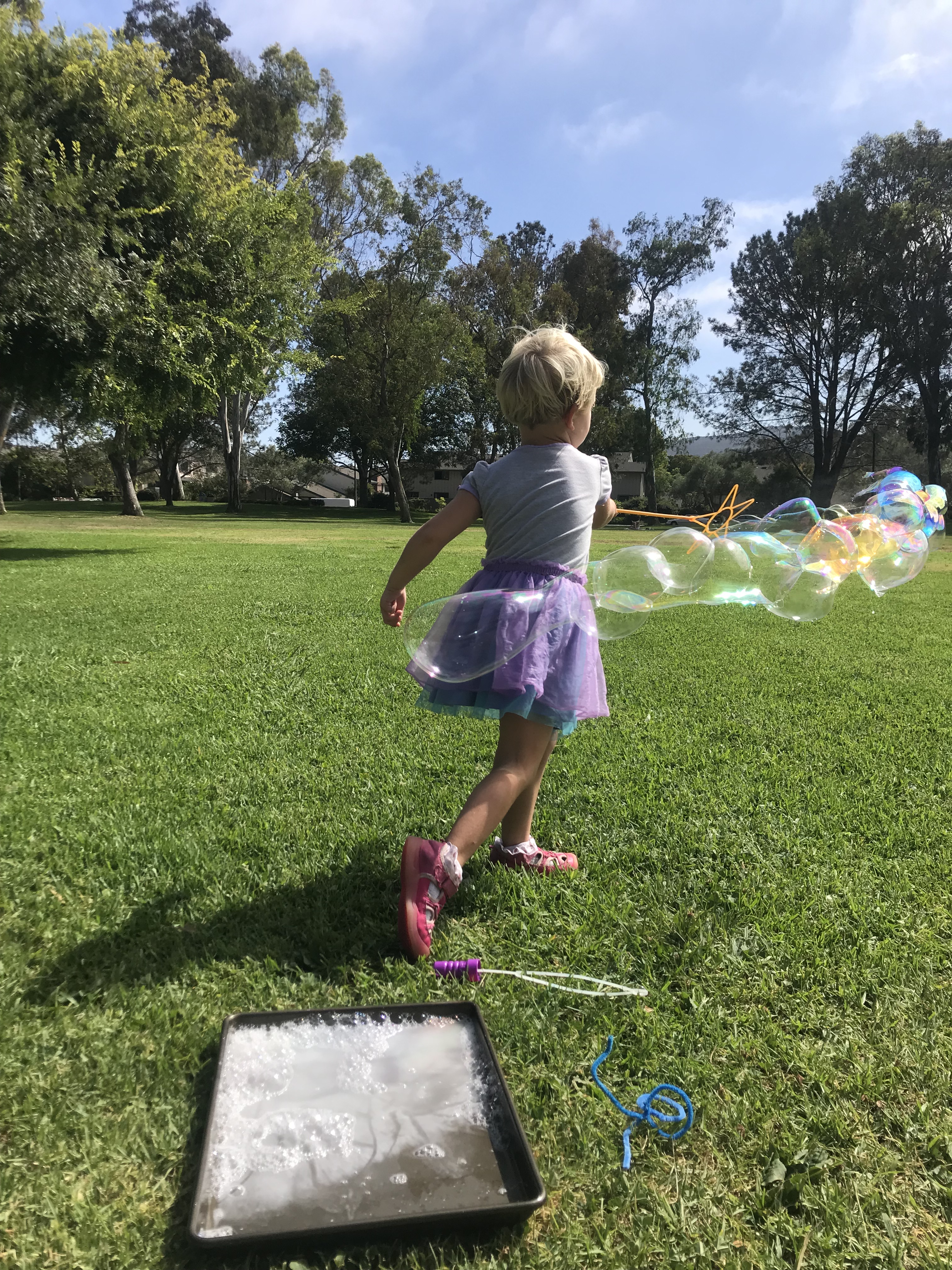


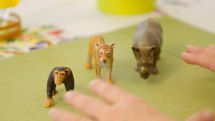 In an earlier
In an earlier  Thirty thousand. 30,000! That’s the number of words scientists say you should be speaking to your child daily to increase his chances of academic success. Most parents reach and exceed this magic number, but how do you know if your child is really benefiting from your efforts? Do you feel you might be choosing the wrong words or confusing your child by rambling?
Thirty thousand. 30,000! That’s the number of words scientists say you should be speaking to your child daily to increase his chances of academic success. Most parents reach and exceed this magic number, but how do you know if your child is really benefiting from your efforts? Do you feel you might be choosing the wrong words or confusing your child by rambling? I challenge you to think of one activity that exposes your child to math, language and science, while helping her develop concentration, motor skills, and delayed gratification. It’s not found in workbooks, and you probably won’t see it taking place regularly in most schools (unless they’re Montessori schools).
I challenge you to think of one activity that exposes your child to math, language and science, while helping her develop concentration, motor skills, and delayed gratification. It’s not found in workbooks, and you probably won’t see it taking place regularly in most schools (unless they’re Montessori schools).
 They are sturdy and lots of fun for toddlers to crash! For Nadia I rotate one at a time, but when Zachary was a toddler he enjoyed racing them with mommy and daddy. You can find them
They are sturdy and lots of fun for toddlers to crash! For Nadia I rotate one at a time, but when Zachary was a toddler he enjoyed racing them with mommy and daddy. You can find them  plastic ball it came with for a sturdier wooden ball because it has a more pleasing sound when it hits the bottom of the box.
plastic ball it came with for a sturdier wooden ball because it has a more pleasing sound when it hits the bottom of the box.  ny, and they are one of her favorite toys. We had a three-year old friend come over to play, and she had a great time stacking them, so it’s a toy with plenty of growth potential! The wood is beautiful and very high quality. You can
ny, and they are one of her favorite toys. We had a three-year old friend come over to play, and she had a great time stacking them, so it’s a toy with plenty of growth potential! The wood is beautiful and very high quality. You can  She’s not old enough to understand sorting yet, but she likes how the shapes rattle (they have little balls inside). Once she’s old enough to sort, she’ll already be familiar with the shapes!
She’s not old enough to understand sorting yet, but she likes how the shapes rattle (they have little balls inside). Once she’s old enough to sort, she’ll already be familiar with the shapes! swiveling base that allows you to see the South Pole without having to flip the base over. It has raised topography and up-to-date political geography. The reviews are mixed on Amazon because sometimes the meridians don’t line up, but ours is defect-free and it’s been a HUGE hit with Zachary.
swiveling base that allows you to see the South Pole without having to flip the base over. It has raised topography and up-to-date political geography. The reviews are mixed on Amazon because sometimes the meridians don’t line up, but ours is defect-free and it’s been a HUGE hit with Zachary. are made out of wood, they are sturdy and attractive, and they have a nicer weight than the more expensive plastic ones from Nienhuis that most AMI classrooms have. Plus, each compartment has its corresponding letter printed on it, for easy clean-up (another thing that more expensive plastic model don’t have). For a homeschooling family, I think this is the ideal Moveable Alphabet.
are made out of wood, they are sturdy and attractive, and they have a nicer weight than the more expensive plastic ones from Nienhuis that most AMI classrooms have. Plus, each compartment has its corresponding letter printed on it, for easy clean-up (another thing that more expensive plastic model don’t have). For a homeschooling family, I think this is the ideal Moveable Alphabet. We hunted for some cotton, six glass jars, a handful of beans, masking tape and a Sharpie. I showed him how to separate the cotton and prepare one jar – cotton layer, three beans, and another cotton layer. Then he prepared all the rest on his own. I asked him what sounds were in the words “agua” and “pipi” (he’s bilingual), and carefully wrote the words in cursive as he watched. And then, because he had just used the bathroom, I invited him to drink a big glass of water.
We hunted for some cotton, six glass jars, a handful of beans, masking tape and a Sharpie. I showed him how to separate the cotton and prepare one jar – cotton layer, three beans, and another cotton layer. Then he prepared all the rest on his own. I asked him what sounds were in the words “agua” and “pipi” (he’s bilingual), and carefully wrote the words in cursive as he watched. And then, because he had just used the bathroom, I invited him to drink a big glass of water.
